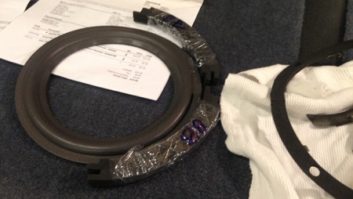Wayne Eckert works with the Rural Florida Communications Cooperative. Expanding on our discussion about getting the most out of your A/C, he shared thoughts about cleaning the coils.
He uses a product called Nu-Brite, an alkaline-based cleaner that can strip aluminum oxide off the condenser coils. That’s important because aluminum oxide insulates the fins, causing them to become less efficient and lowering the cooling of the air conditioner.
Lower coil fin efficiency increases the compressor’s head pressure, resulting in a draw of higher amperage. This causes the compressor to run hotter, shortening its lifespan while also raising the electric bill.
Nu-Brite is sold in traditional or concentrated form; the latter must be mixed and sprayed using a handheld sprayer. Wayne has found that the best application method is to use a pump-up “insecticide” sprayer, which has more pressure than a handheld sprayer. This ensures that the cleaner is pushed completely into the surface of all the coils.
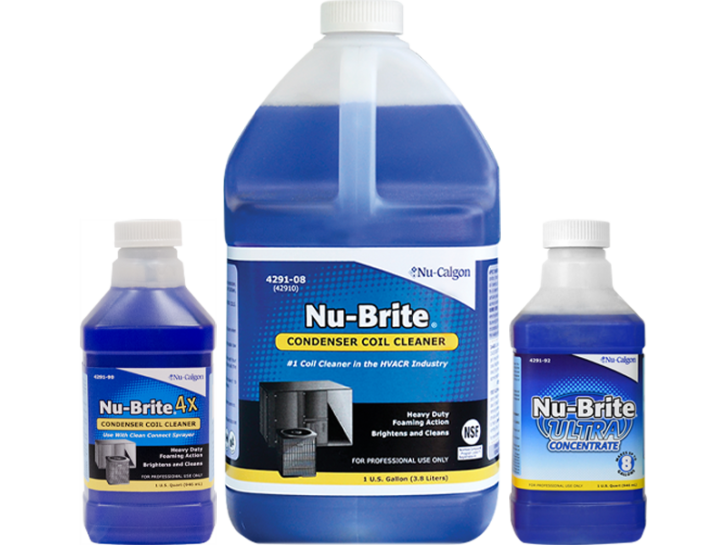
Nu-Brite can be used on any type of finned coil. It can be used on evaporators, too; however, they need to have a clear drain because the product must be rinsed off thoroughly to prevent damage to the aluminum coils. Anything alkaline can damage aluminum, so proper, complete rinsing is mandatory. And because this is an industrial cleaner, you need to wear safety glasses and Nitrile gloves.
The product is made by Nu-Calgon; Wayne gets it from Appliance Parts Co.
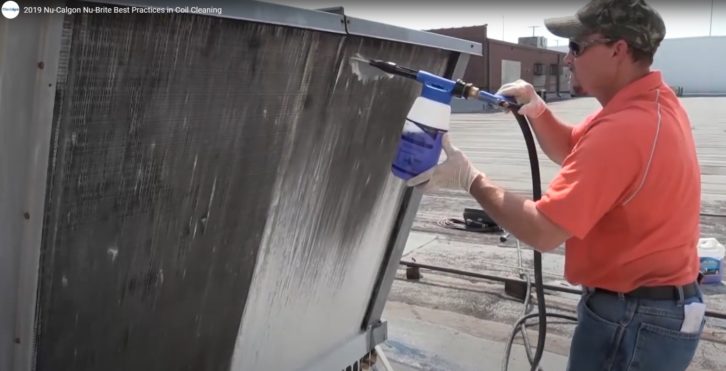
He adds an important note. There’s a type of condenser coil referred to as a “fuzzy” coil. This type is unbelievably fragile, even more so when they get old. These should never be cleaned with a chemical coil cleaner, as they can literally dissolve; the coils should be cleaned by a professional A/C technician.
If you try to clean one and the fuzzy fins fail and fall off — which you might do just by spraying them with water — your reputation itself will become fuzzy (and your wallet may get a lot thinner).
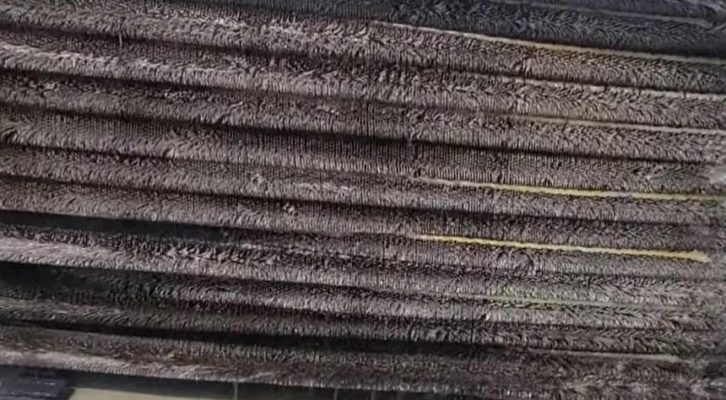
Clear that drainpipe
Wayne mentions another major problem with A/C units, which is that their evaporator drains can clog up.
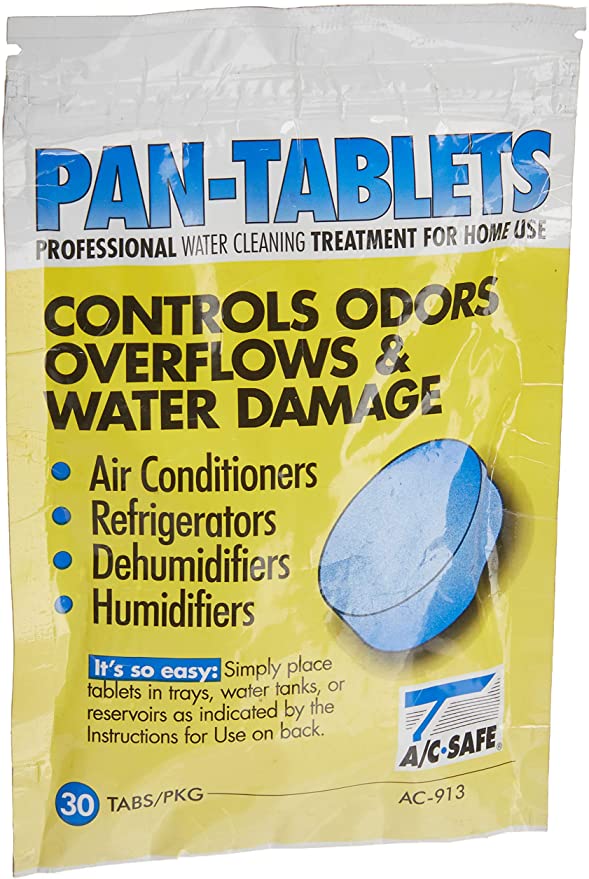
This is the result of algae building up in the drainpipe. Once the pipe clogs, the drain pan overflows, which can cause some rather expensive water damage, especially when the evaporator is installed above a suspended ceiling or critical equipment.
The solution is to place drain cleaning tablets in the drip pan. The tablets are made from algaecide that eliminates the algae before it can collect in the drainpipe.
These come in all types and sizes. Just be sure to purchase ones that last a month or more between applications and are odor-free. For instance on Amazon search for “AC safe pan tablets.”
[Read Another Workbench by John Bisset]
Desktop charger
Wayne’s final tip addresses the problem of cellphone chargers falling off desks.
A company named Mockett sells an inductive charging puck that mounts in a hole that you drill under a wooden desktop.
This is a wireless cellphone charger that uses inductive coupling to eliminate the clutter of having cables strung across the desktop. Because it is fixed in place, it can’t slide off (or walk away). A decal is provided to affix to the top of the desk to identify phone placement within the charging zone.
What’s nice about this kit is that a drill bit is provided, with a built-in stop, to prevent puncturing the wooden desktop.
On the Mockett website, search WCS4-95 for the kit that includes the bit and other tools to help you mount it. It sells for $74 or less in quantity. Or search for WCS10-90, which is just the charging puck and costs less.
This is a great idea, though I’ll offer a caution. I thought an inductive charging stand would be a great accessory but I learned that putting your phone in a plastic protective case may prevent the inductive charge from working. As the cell phone rep explained, the case was too thick for the coupling. So I’ve chosen “protection” over charging convenience. Paul McLane, our editor in chief, says he had the same experience.
But Wayne installed one of these for a friend who telecommutes from home and she loves it. He adds that the Mockett catalog has a lot of desk-related products and is well worth a browse.
Workbench submissions are encouraged and qualify for SBE recertification credit. Send to [email protected].

